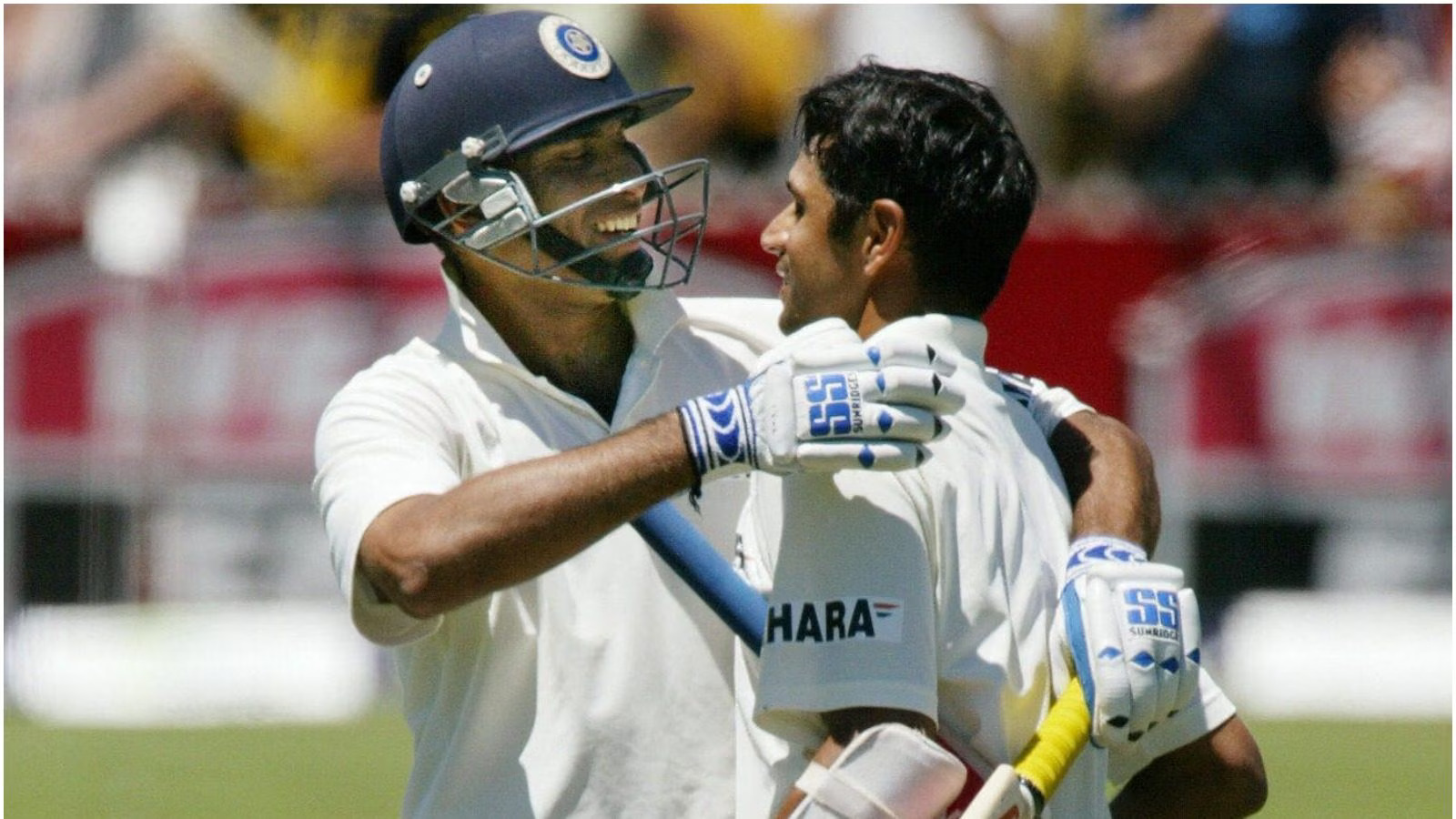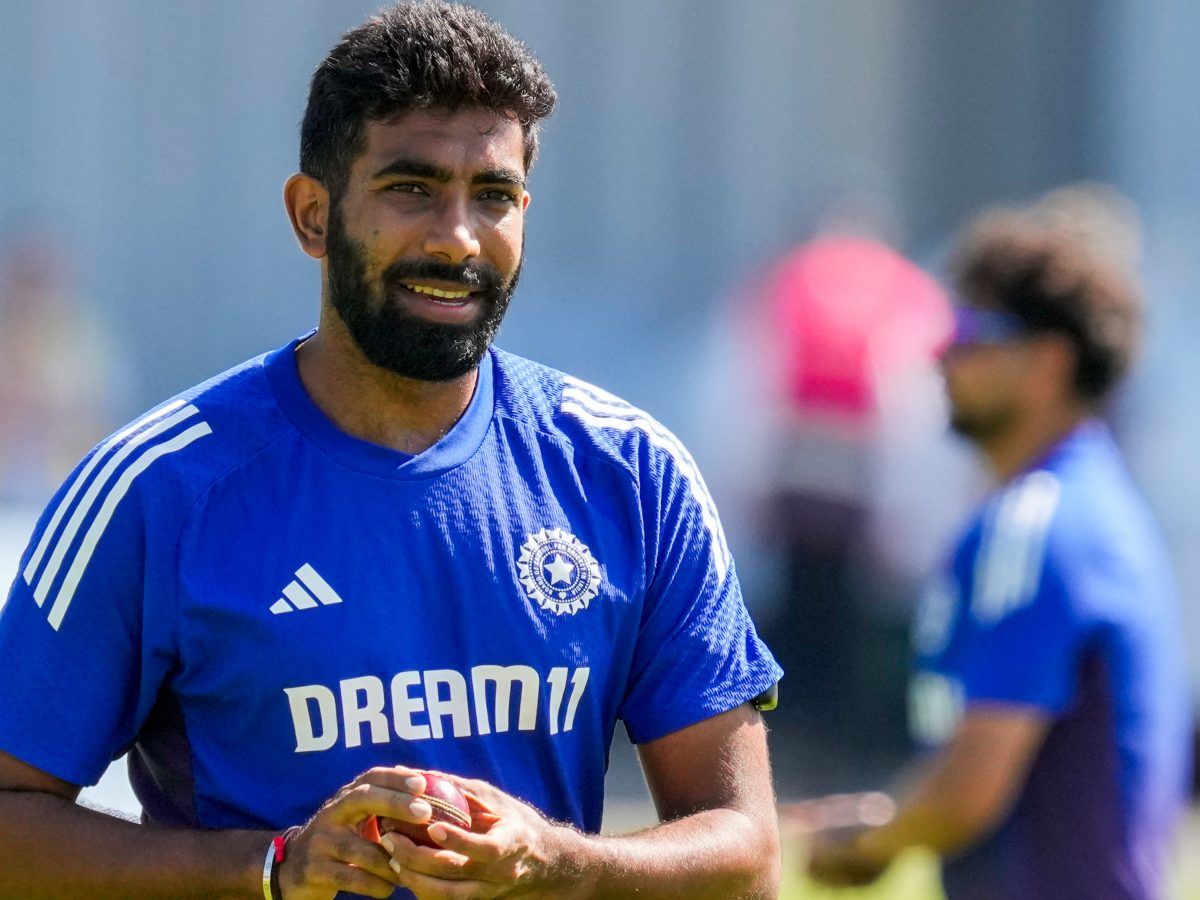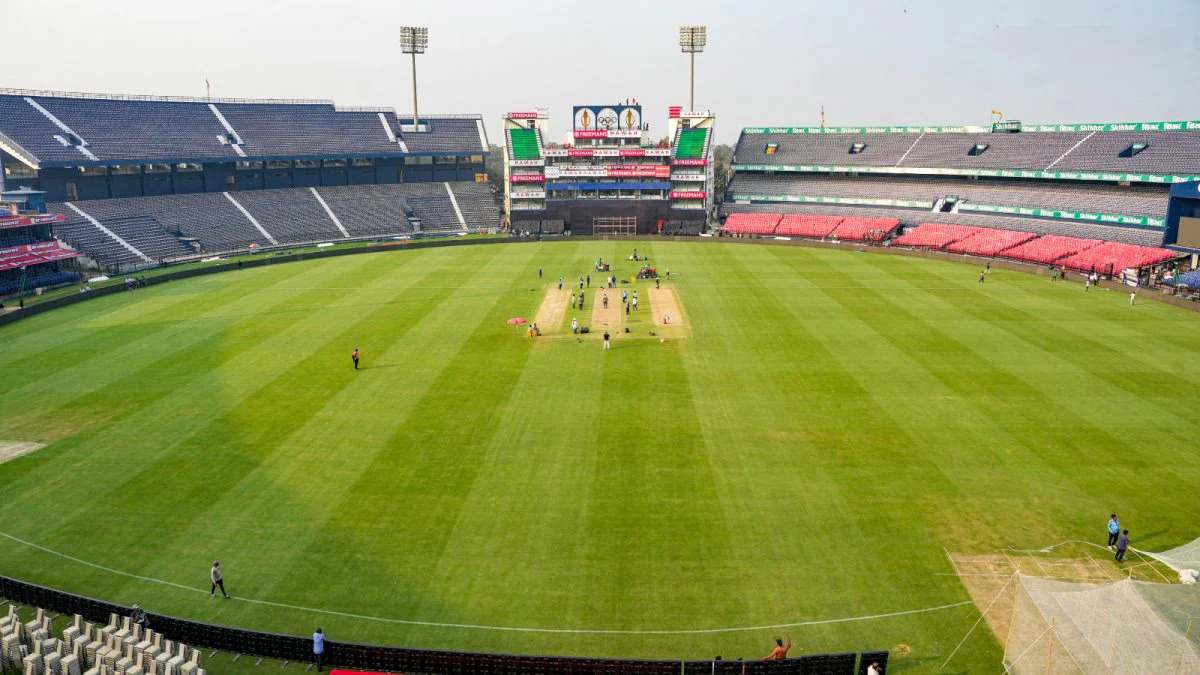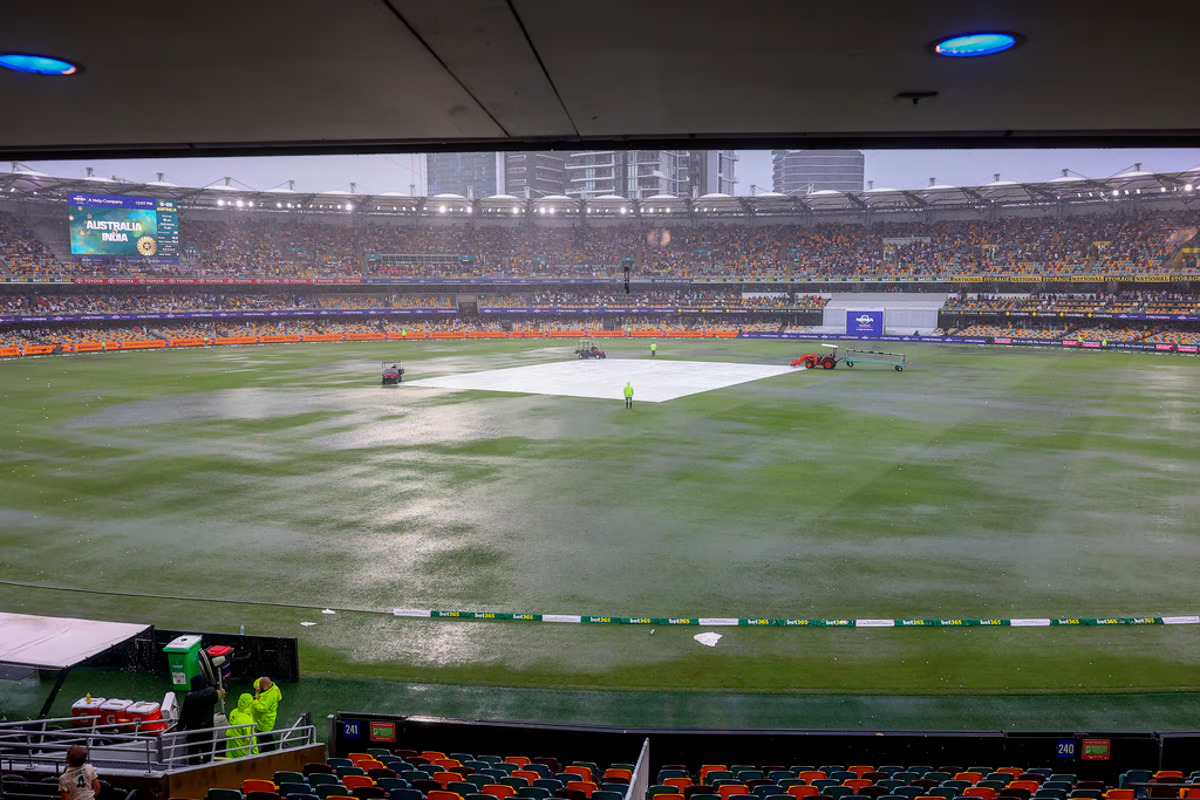Team India’s response did not start well and at one point was struggling at 85/4. Rahul Dravid, on the other hand, put in a lot of work at number three in this historic partnership, while VVS Laxman, who moved up to number six, showed incredible tenacity and produced generous batting efforts.
In the international cricket arena, test cricket is the final test for any cricket player who values playing for their country. As a result, viewers frequently witness a dramatic collapse of the batting order or batters scoring truckloads of runs to force the opponent to lose during some fierce matches between teams like Australia and India.
This has led to some outstanding performances throughout the years from both of the aforementioned sides, particularly while under extreme circumstances. Enjoy now that two great players have nearly become synonymous with using hard knocks to grind down the Australian bowlers when it comes to saving the team.
The pair of VVS Laxman and Rahul Dravid is who they are.
Who can forget the Dravid-Laxman team’s outstanding collaboration from the Kolkata Test? At the famous Eden Gardens in 2001, one of the most memorable matches in Test cricket history occurred. Moving on, two and a half years later, the Indian giants reunited for another rescue operation, this time in Australia’s backyard.
For those who are not familiar, During the 2003 tour of Australia, India was in serious danger during the Adelaide Test on this day (December 14). Following a turn of events that favoured then-Australian captain Steve Waugh, the hosts, buoyed by Ricky Ponting’s incredible double century (242 off 352 balls), completed their opening innings with an incredible 556 runs scored.
Laxman demonstrated why he was regarded as the wristy best because of his flawless milking run technique, which involved using his wrists to magically send the ball between the fielders, whereas Dravid played attacking cricket. As a result, pacer Andy Bichel removed Laxman (148 off 282 balls) while Rahul Dravid went on to record an unforgettable double century (233 off 446 balls). However, the two had already scored 303 runs in a spectacular stand at that point. Jason Gillespie, a pacer, famously ended Dravid’s long knock.
Despite this, the visitors managed to surpass the significant 500-run milestone, with India ending their first innings just short of Australia’s 523/10 total. For the majority of cricket fans and analysts, a draw was inevitable because both teams had amassed more than 500 runs.
India’s historic victory over Australia in Adelaide was led by Rahul Dravid, Ajit Agarkar.
Pacer Ajit Agarkar, who took six wickets in the second innings, stunned Australia’s batting order with an outstanding bowling display (6/41). The hosts were bundled for 196 runs as a result, which caused them to collapse. In 2003, India made a strong case for a historic triumph in Adelaide, needing 230 runs to win in a target that appeared achievable despite the traditional style of Test cricket.
Despite getting off to a strong start in the second innings with the necessary aim in mind, India was once again four runs behind with 170 runs on the board. Laxman too lost this time, just as the visitors were about to triumph. For a determined Team India, however, Rahul Dravid maintained his strong batting form and hit the game-winning runs, remaining undefeated at 72*. India made a name for themselves in one of the biggest comebacks on Australian soil with this.





